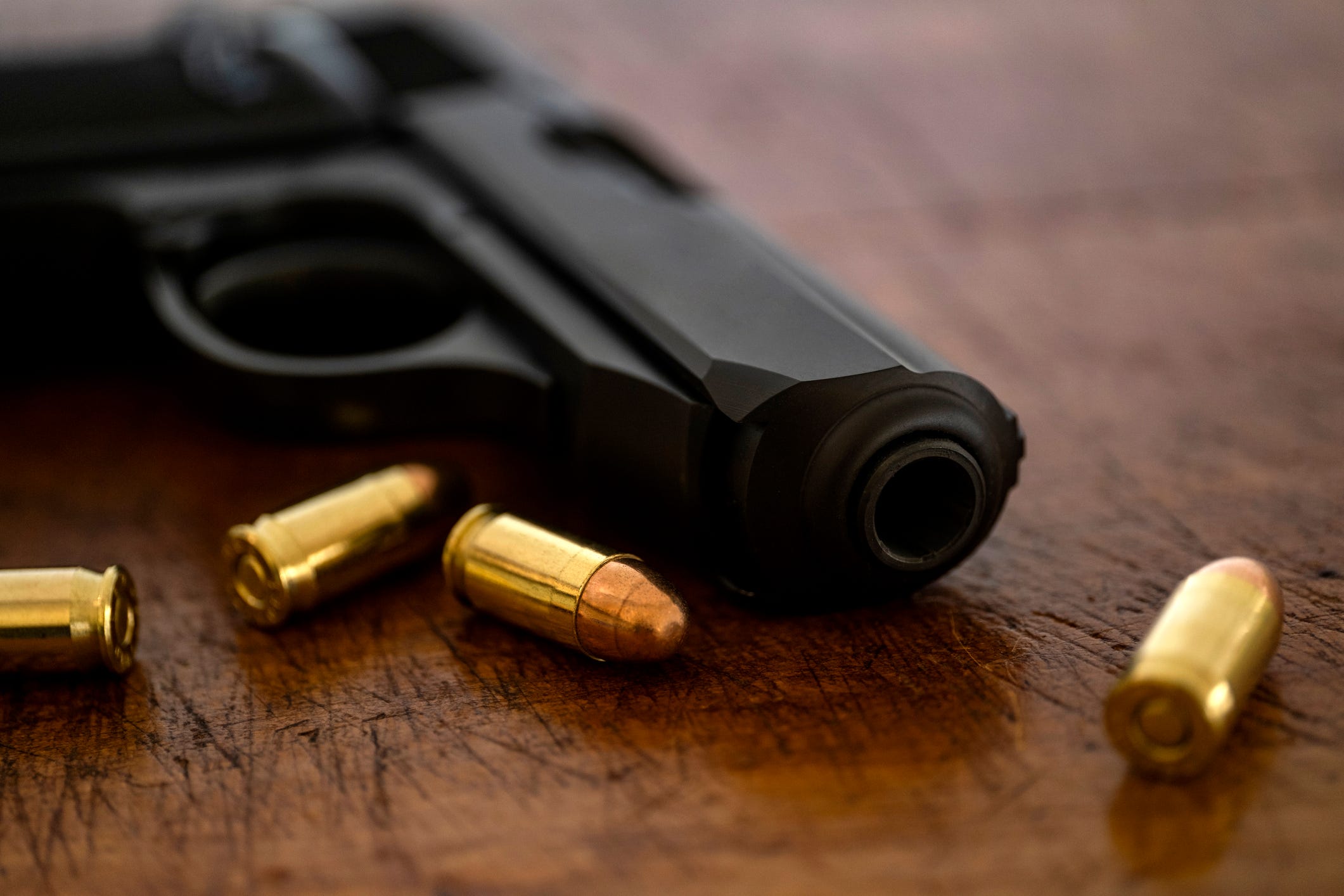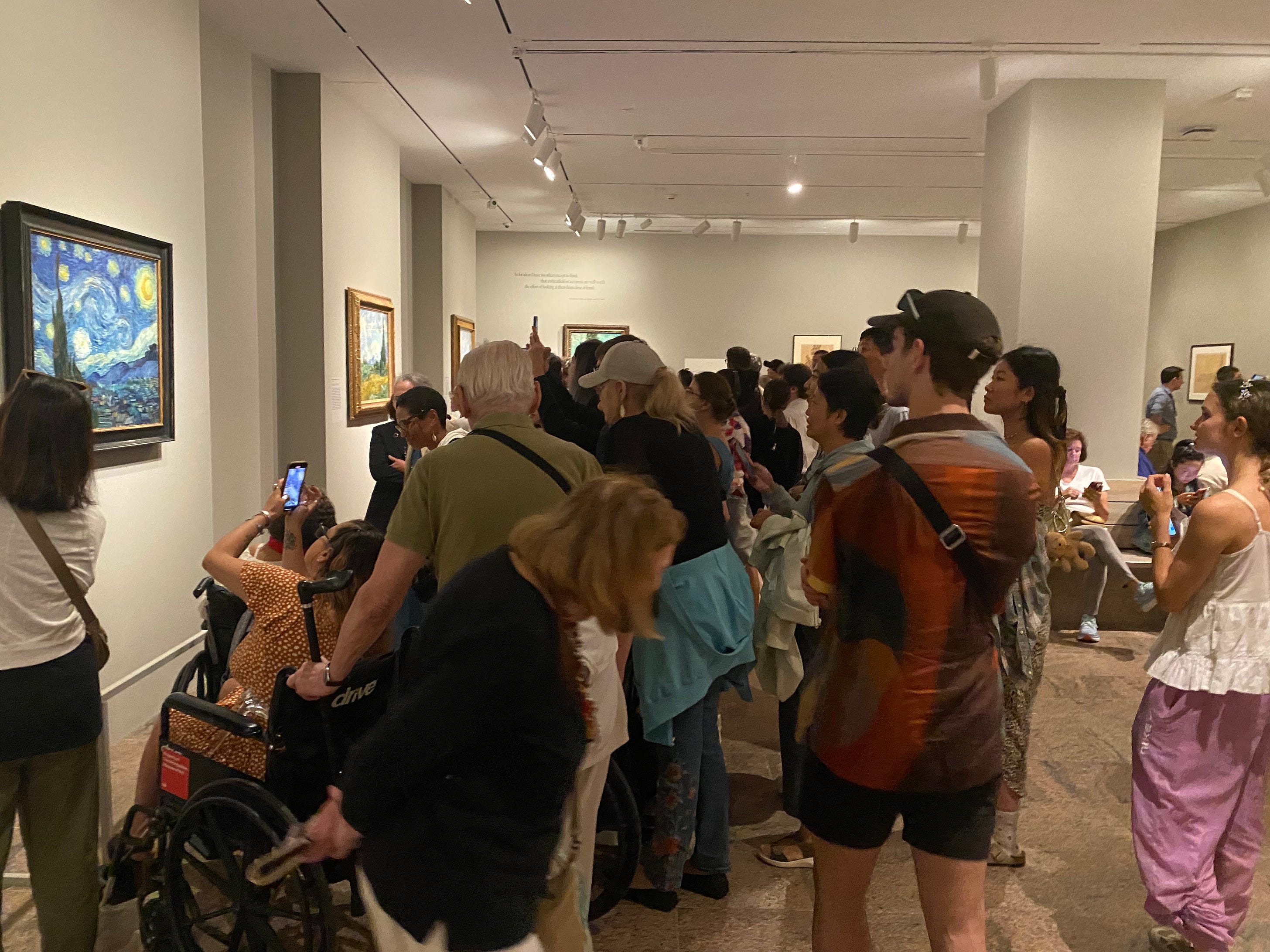|
 |
Gun Ownership As a Hedge Against the Chaos
In this week’s Editor’s Corner: Most Americans who own firearms do so for self-protection, and that’s unfortunate
I grew up around guns. My father was an avid hunter and skeet shooter, and I often joined him and his friends for both activities. But honestly, I never really felt comfortable using a gun. Plus, I was a terrible shot.
Not surprisingly, I never seriously considered buying a gun when I grew up. But that changed about four or five years ago. While I still don’t feel comfortable around firearms and I still don’t own one, the rioting that has occurred in recent years near where I live, coupled with rising crime rates, have at times prompted me to consider getting a handgun.
Turns out, I’m not alone. A new NBC News poll found that 52% of voters say that either they or someone in their household owns a firearm—the first time a majority has said this since NBC began asking this question in 1999. Ten years before, for instance, only 42% of voters said they owned a gun or lived with someone who had one.
And most of these folks are not like my dad—people who own guns for recreational use. According to another recent poll, this one by the Pew Research Center, nearly three-quarters of gun owners say that self-defense is a major reason why they have a firearm, compared to roughly a third who cite hunting or sport shooting.
Welcome to gun culture 2.0, says David Yamane, a professor of sociology at Wake Forest University. A few years back, Yamane wrote an excellent piece for Discourse on how we got from the sportsman-dominated gun culture of our parents and grandparents (dubbed 1.0) to one driven by a desire for self-protection.
According to Yamane, the shift to 2.0 began with the rise of crime and social unrest in the ’60s and ’70s and has snowballed from there. With COVID, race riots and a rising violent crime rate, 2020 turned out to be a watershed, with nearly 23 million guns sold in the U.S.—almost 13 million more than were sold 10 years earlier. Sales have slowed somewhat in the last two years on record (2021 and 2022), but they remain much higher than a decade ago.
In addition to rising gun ownership and sales, there are other signs that the arming of America is driven by fear. Yamane writes that the trend can also be seen in “the rise of the civilian defensive firearms training industry, the codification of castle doctrine and stand-your-ground laws, the liberalization of concealed-carry laws and the growing number of Americans who have permits to carry concealed weapons in public.”
And just in case you thought that owning a gun was still largely a white male affair, the share of first-time gun buyers who are women has risen as high as 40% in recent years. What’s more, according to the NBC News poll, the share of African American households with a gun has been increasing at a very fast clip—from 24% to 41% in just the past four years. Even Democrats are getting in on the act, with 41% reporting to NBC that they live in a household with a gun—nowhere near the share of Republican households with a firearm (66%), but still up eight points in the last four years.
It goes without saying that the vast majority of folks who obtain a gun legally and then train how to use it properly are responsible people. (My dad and his friends took great care when handling their guns, and I have seen similar behavior among other gun owners I’ve known.) It’s also true that many of the more than 20,000 nonsuicide gun deaths in America are committed with illegally obtained firearms. And while I support thorough background checks and even red flag laws to keep guns out of the hands of convicted felons and people with a history of mental illness, I also agree with the Supreme Court that the Second Amendment of the U.S. Constitution actually guarantees “the right to keep and bear arms.”
But it cannot be a good thing when the dramatic growth in gun ownership is significantly driven by people who are concerned about their safety and the safety of their families. To begin with, this speaks of a society growing more and more fearful of crime and disorder. And this, in turn, speaks of a political class that, at least in many places, has failed to provide the most important thing a government can give its citizens: personal security.
The violent crime rate has not reached the heights it attained in the mid-1970s. But in just the last few years, violent crime has risen quite dramatically and, so far, has remained elevated. According to the Council on Criminal Justice, for instance, “there were 24% more homicides during the first half of 2023 than during the first half of 2019.” And it doesn’t help matters when officials can’t prevent dozens of downtowns and even the U.S. Capitol from being ransacked.
Setting aside politically motivated disorder for a moment, experts disagree about the causes of the crime spike. Some blame COVID and the government’s response to it. Some blame woke politicians and calls to “defund the police.” Like most problems, our recent failures on crime probably have a number of mothers. But whatever the reasons, a rising tide of private gun ownership is not the solution.
This doesn’t mean I’m criticizing those people who have chosen to buy a gun because they’re concerned about their safety. Quite the contrary: As someone who’s considered joining them, their decision strikes me as rational. But while a gun owner may occasionally defend themselves or stop a dangerous person from killing others, public safety cannot be left to private citizens. What’s more, when tens of millions of people are both fearful and well-armed, the prospect for everything from fatal accidents to fatal arguments goes up.
For the progressive left, the solution involves big, top-down dictates—in this case, outlawing the sale and even possession of most or all private firearms. But even if the Second Amendment wasn’t an obstacle, banning the sale of most guns—let alone disarming tens of millions of Americans who already own firearms—would be politically unfeasible in all but a few deep blue jurisdictions. After all, most of the 52% of those voters in the NBC poll who own a gun or live in a household with one also vote. Plus, in a country already awash in hundreds of millions of firearms, any real ban would lead to a huge black market and, obviously, not begin to address the large numbers of illegal guns used in most crimes.
If we really want to start shifting back from gun culture 2.0 to gun culture 1.0, public safety needs to become much more of a priority. One place to start might be more political support for our demoralized police forces, many of which have been dealing with a wave of retirements and resignations and a hiring crisis since 2020 and the birth of the “defund the police” movement. Another easy fix involves scaling back laws and policies—from the end of cash bail to the de facto decriminalization of shoplifting and other property crimes—that have lowered the cost of committing criminal acts.
As someone who witnessed the dramatic reduction in crime in New York in the mid-1990s, I know that change, even rapid change, is possible with sound policing and sentencing policies that focus on reducing crime at all levels. Restoring a safer and more secure environment will almost certainly lead to much less fear and, eventually, a shift away from gun buying for self-defense and back to a firearms trade more focused on hunting and other forms of recreational shooting. We’ll know we’re living in a healthier and safer society when more people are buying shotguns for clay pigeons and fewer folks are purchasing a handgun for the walk home from the train.
Meanwhile...
What I’m seeing and reading: Earlier this year, I had a chance to see the “Van Gogh’s Cypresses” exhibit at the Metropolitan Museum of Art in New York. In the last year or so of his life, Vincent Van Gogh made painting cypress trees something of a regular side project, producing more than a dozen amazingly surreal canvases that prominently feature the tall, sentinel-like trees, including the now famous “Starry Night.” As with other Van Gogh landscapes, it’s hard not to be stopped and struck by each painting. The trees (to paraphrase exhibit curator Susan Alyson Stein) are on fire and surrounded by the golden fields, blue mountains and wildly roiling skies of Provence, where Van Gogh was staying in an asylum at the time. The exhibit also features the artist’s watercolors, drawings and even illustrated letters, all to do with these trees.
Van Gogh always attracts a crowd and this exhibit was no exception, which is one reason why I purchased the exhibit catalog. (The museum website also contains a wonderful overview of the show with reproductions of much of what was shown, as well as a very interesting film.) Another reason I bought the catalog is that when I enjoy an exhibit, I don’t want the experience to end. So I often read the catalog in the months after the pictures have been taken down.
The book the Metropolitan Museum has produced for the exhibit is particularly worthwhile, with excellent reproductions of the works on display as well as those of other artists that help place Van Gogh’s cypress paintings in their broader cultural context. The essays in the book are well written, interesting and not overly academic in tone—something I can’t say about every exhibit catalog I’ve read. If you didn’t get around to seeing this wonderful exhibit, take a look at links I’ve added from the Met’s website. If you’re hungry for more, consider buying the catalog.
And while I’m at it: The media hoard has already moved on from Henry Kissinger’s death, but I’d like to add a few words about the man, who died at 100 at the end of last month. Kissinger was my first secretary of state. By that I mean, he was the first secretary (of anything) I’d ever heard of, even though I was only five when he joined the Nixon administration (first as National Security Adviser) in 1969. Kissinger enjoyed a level of celebrity and notoriety that Antony Blinken can only fantasize about, and for good reason: Along with George Marshall and George Shultz, Kissinger is one of the secretary of state-architects of the American-led order.
During his time in office and for the rest of his life, Kissinger, with his intensely cerebral stare and Strangelovian accent, was the subject of near-endless fascination. Many, including yours truly, admired his ability to see the big picture and his willingness make the tradeoffs necessary to achieve important geostrategic goals. He was criticized by some on the left for being too cold-blooded and by some on the right for his readiness to play ball with the Soviets and the Chinese. But as Walter Russell Mead and others have pointed out, Kissinger’s achievements, including the opening to China, the end of our involvement in Vietnam and detente with the Soviet Union, greatly strengthened America’s position in the world and set the stage for the Reagan-era triumphs that would end the Cold War. RIP, Henry Alfred Kissinger.
You’re currently a free subscriber to Discourse .

